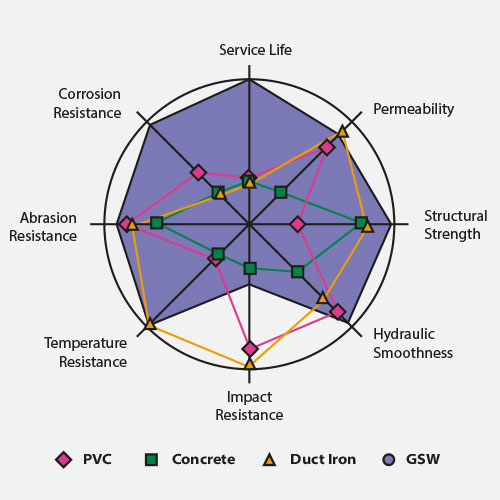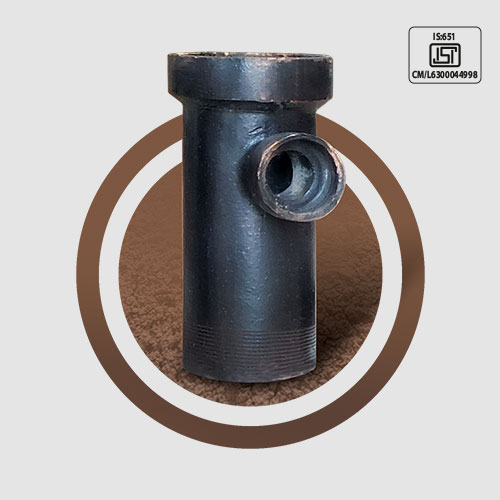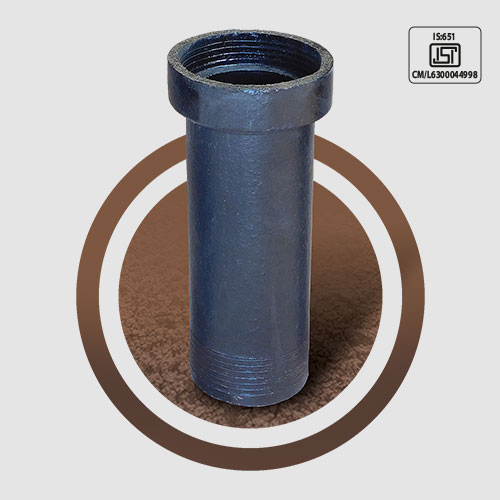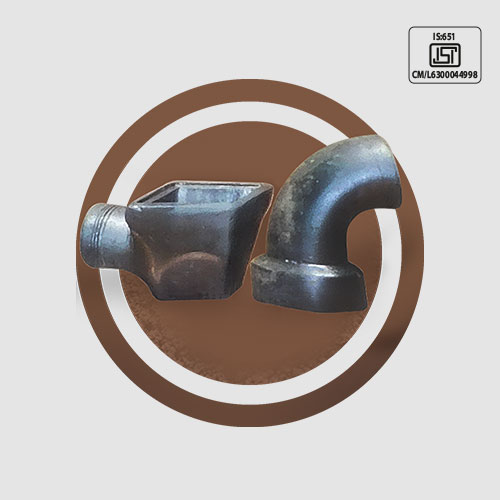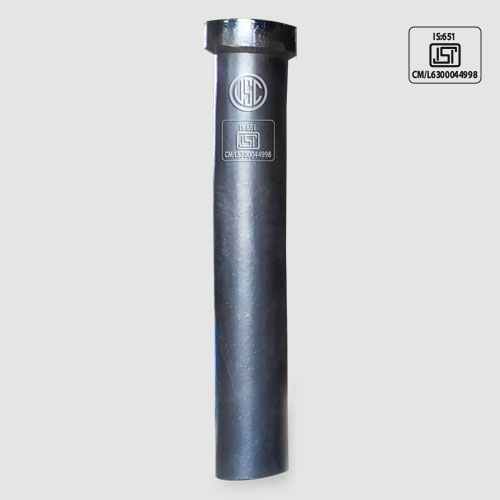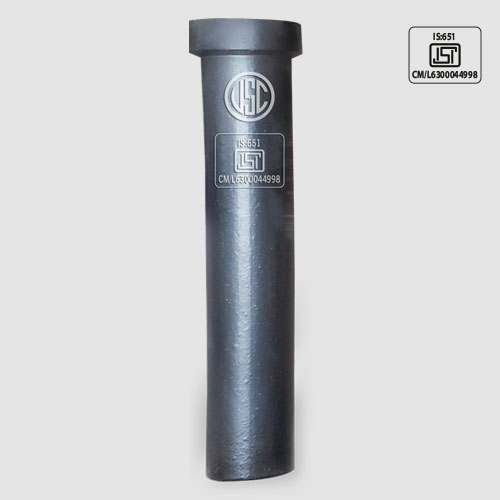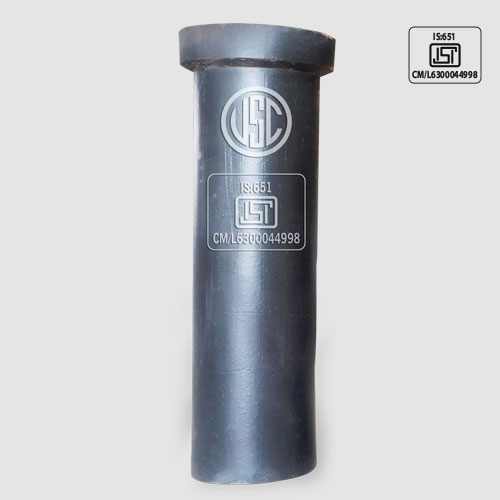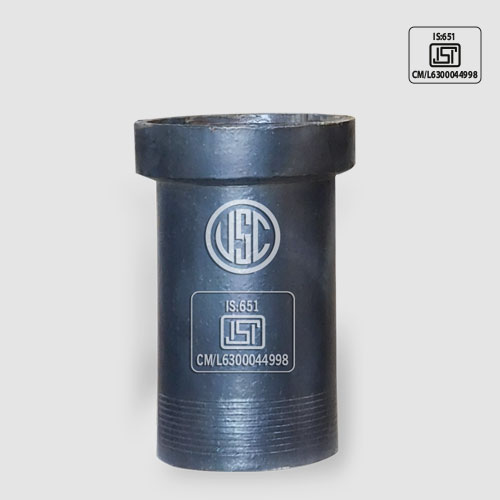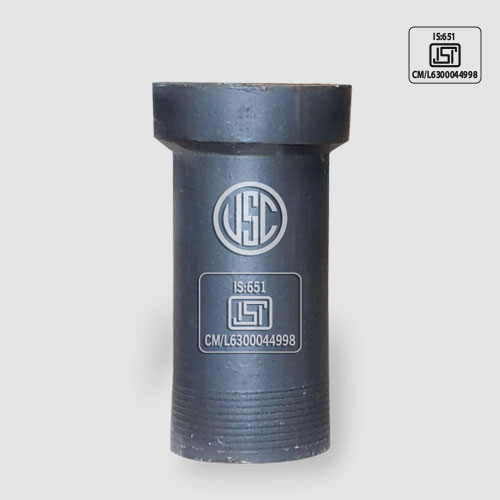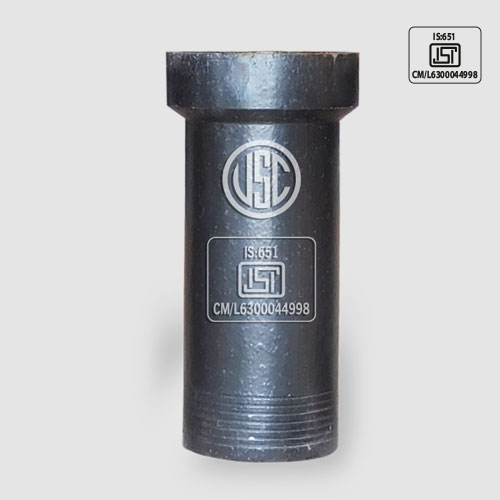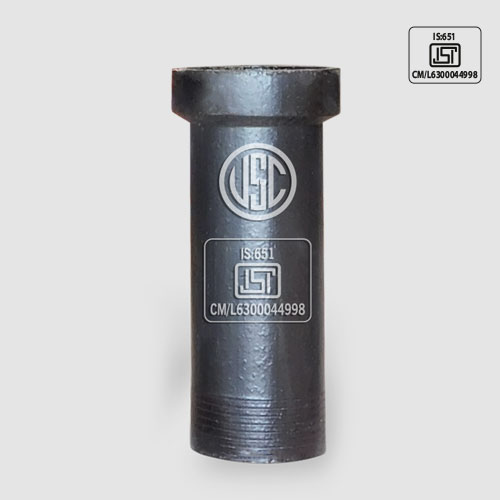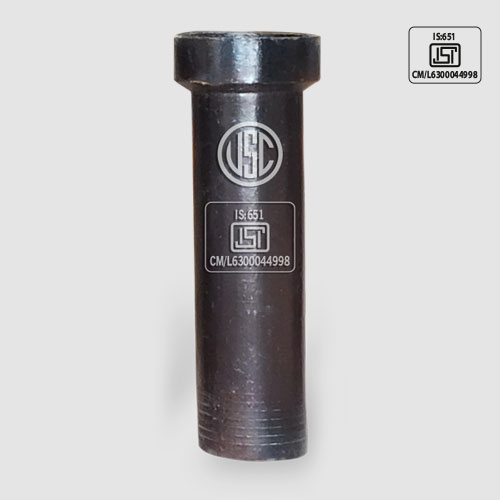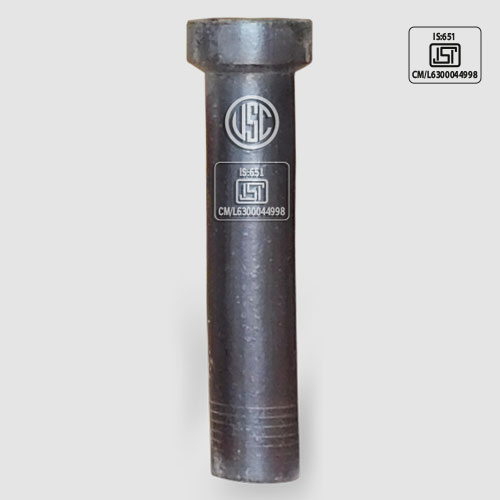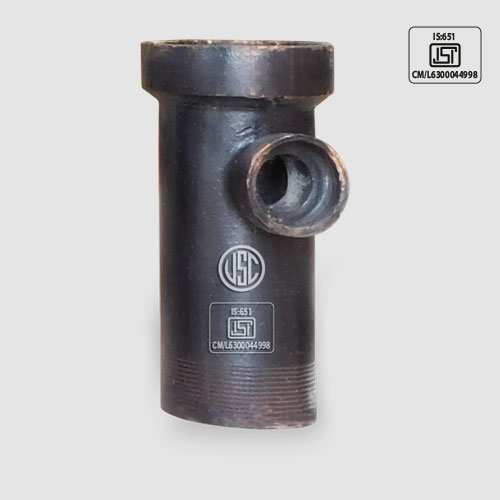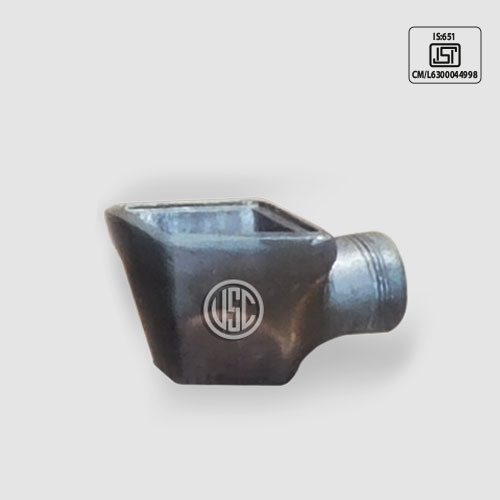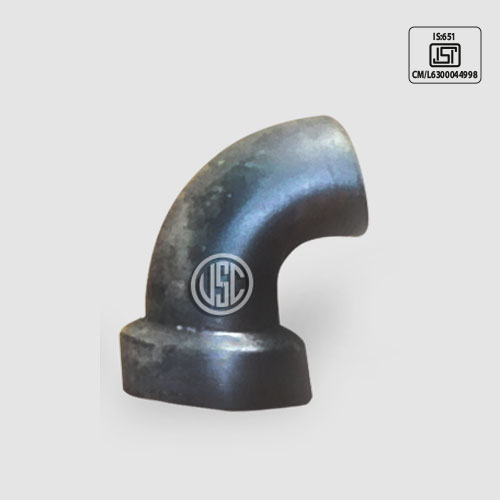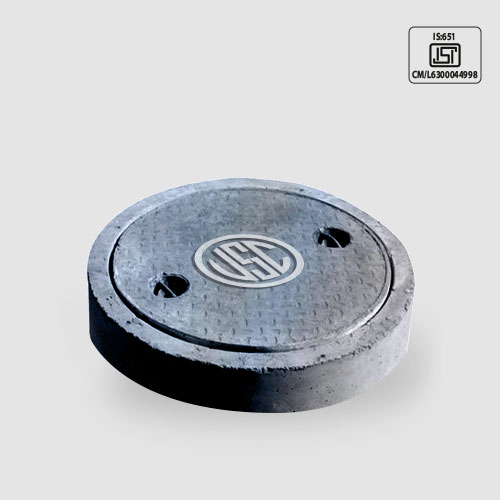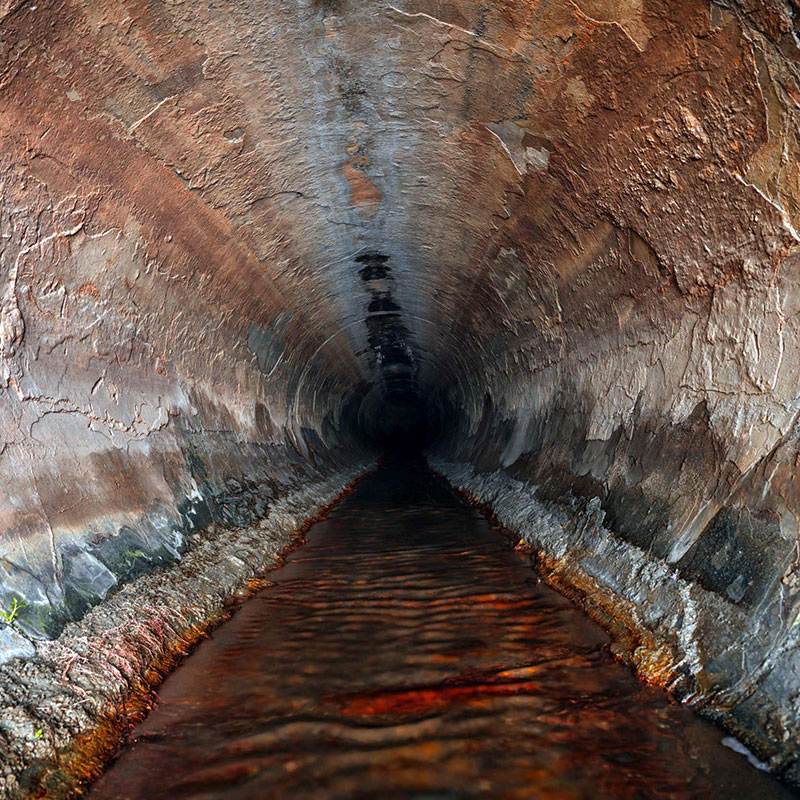Joints
It is impressive that tight joints are formed when individual pipes and fittings are connected to form sewers. Both pipe and joint have to be seen as one unit to meet the requirements of reliability, ease, and speed of jointing. Therefore, our products are supplied with factory-applied 'Push-Fit' joints.
Leaky sewers cause infiltration of groundwater. This causes major environmental problems such as higher overflow loads, less efficient operation of the treatment, and a less than optimal discharge with a possible risk of flooding. Exfiltration of wastewater on the other hand causes pollution of the subsoil.
